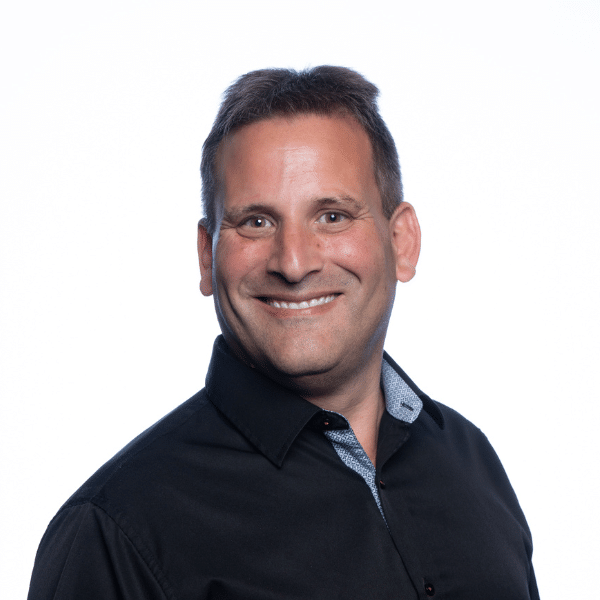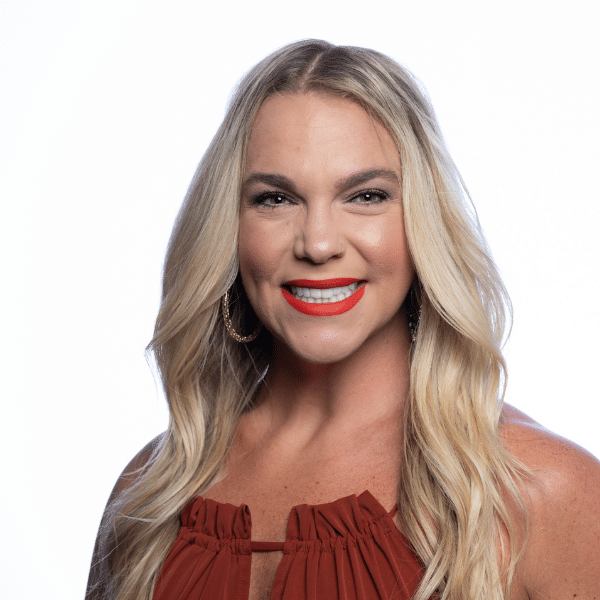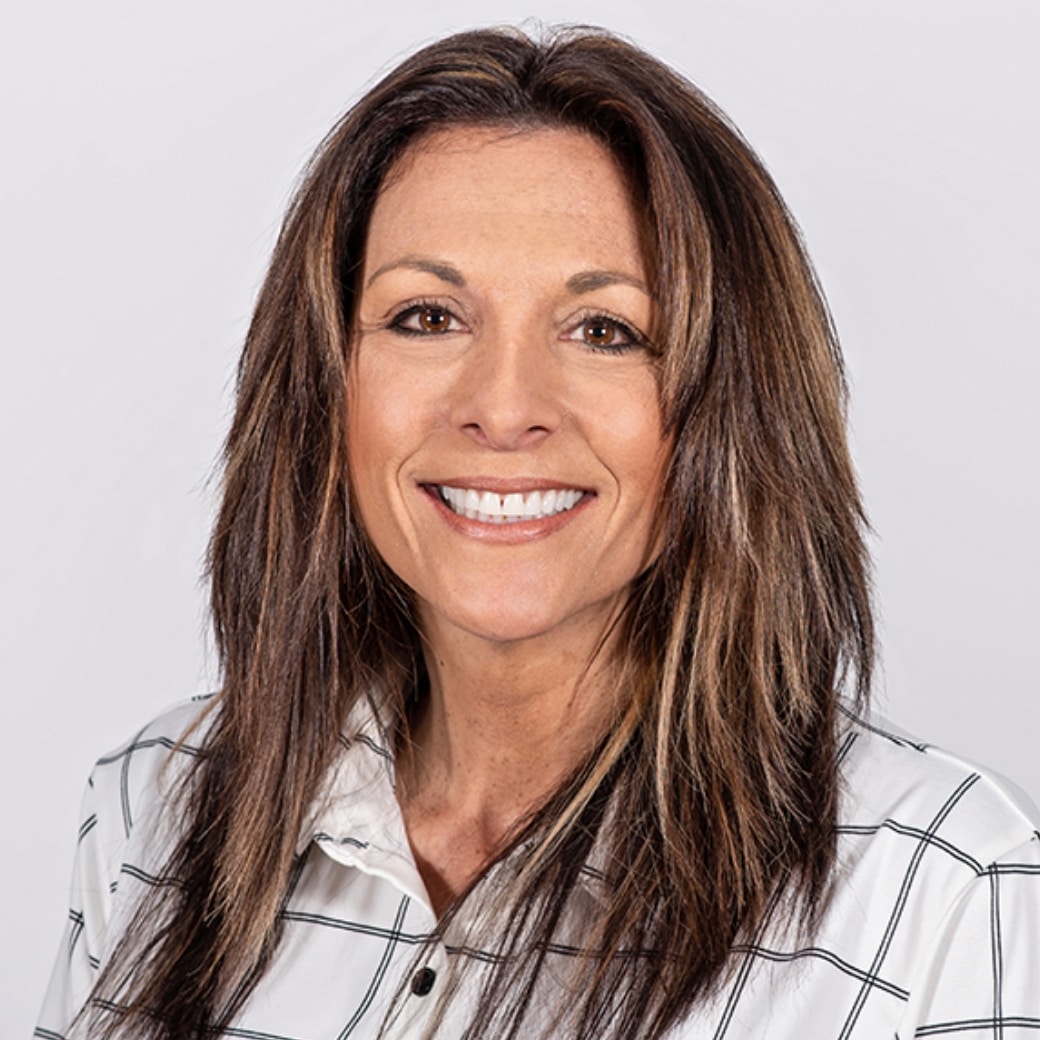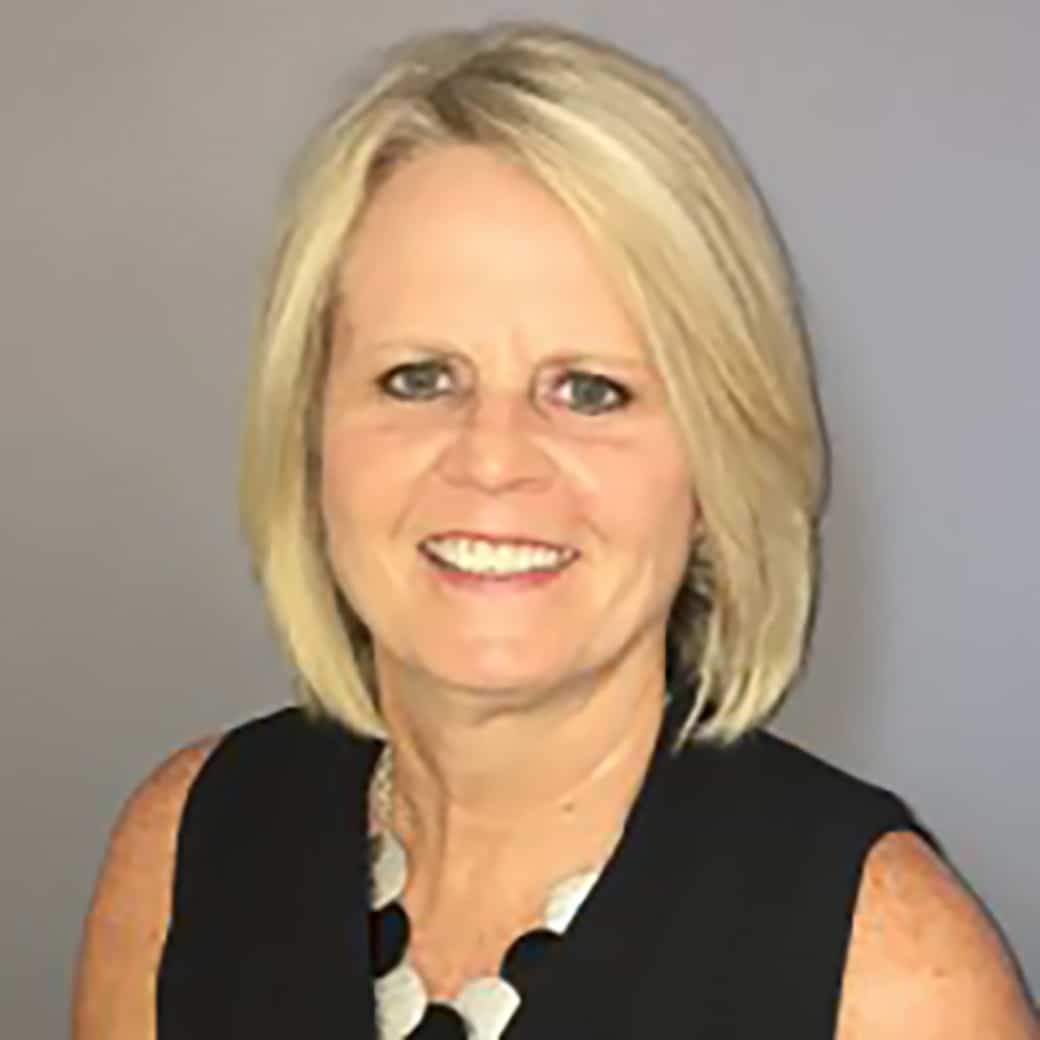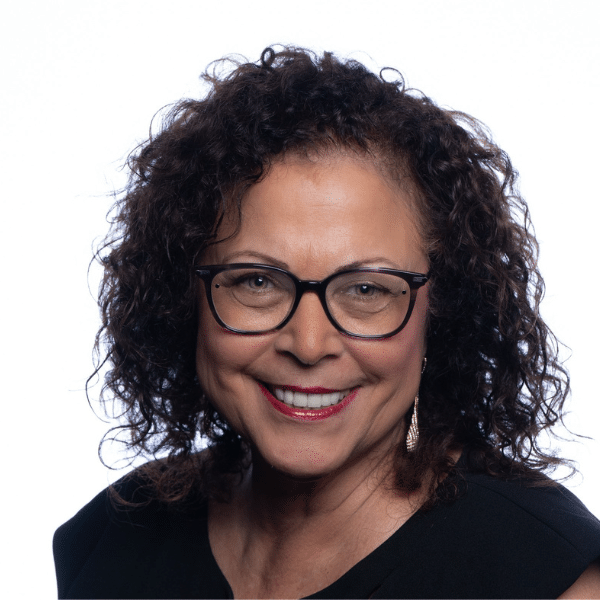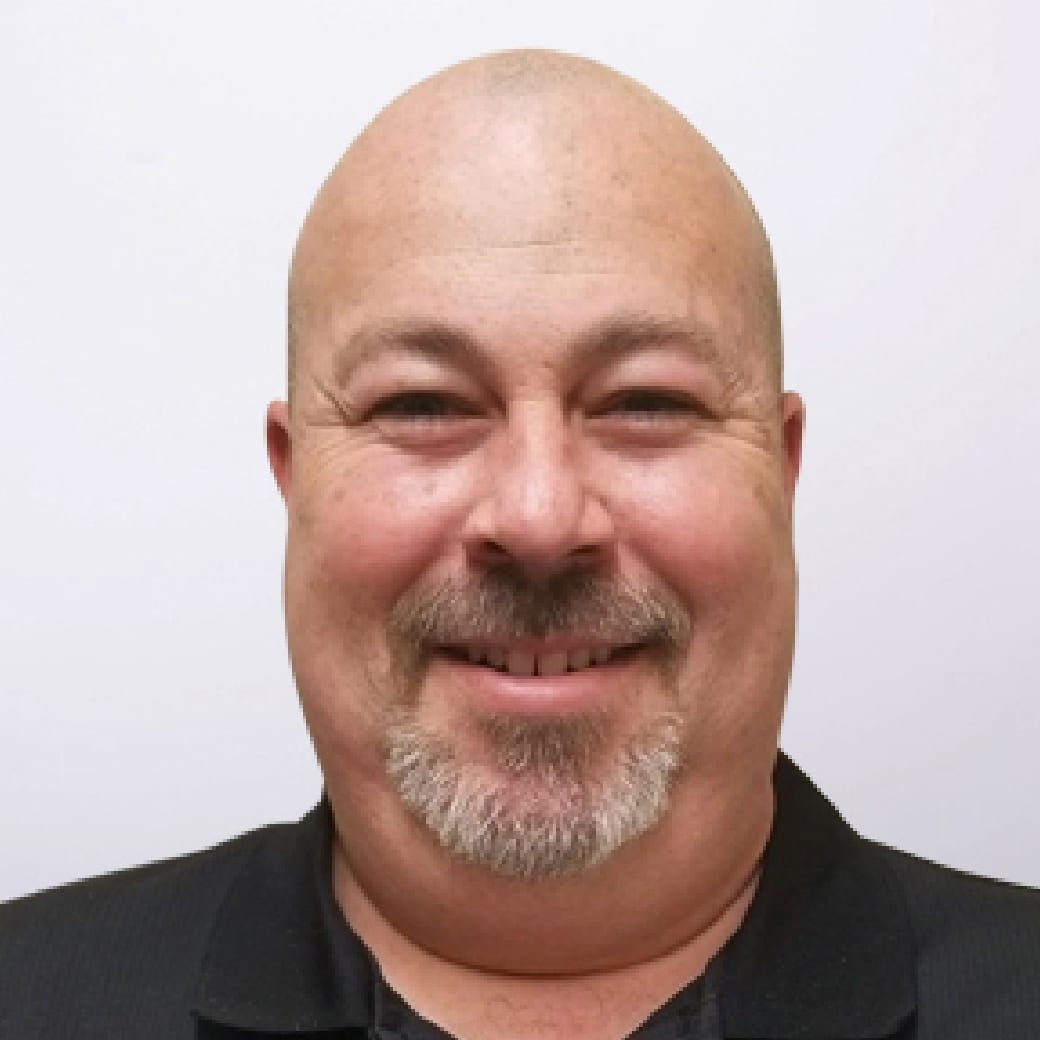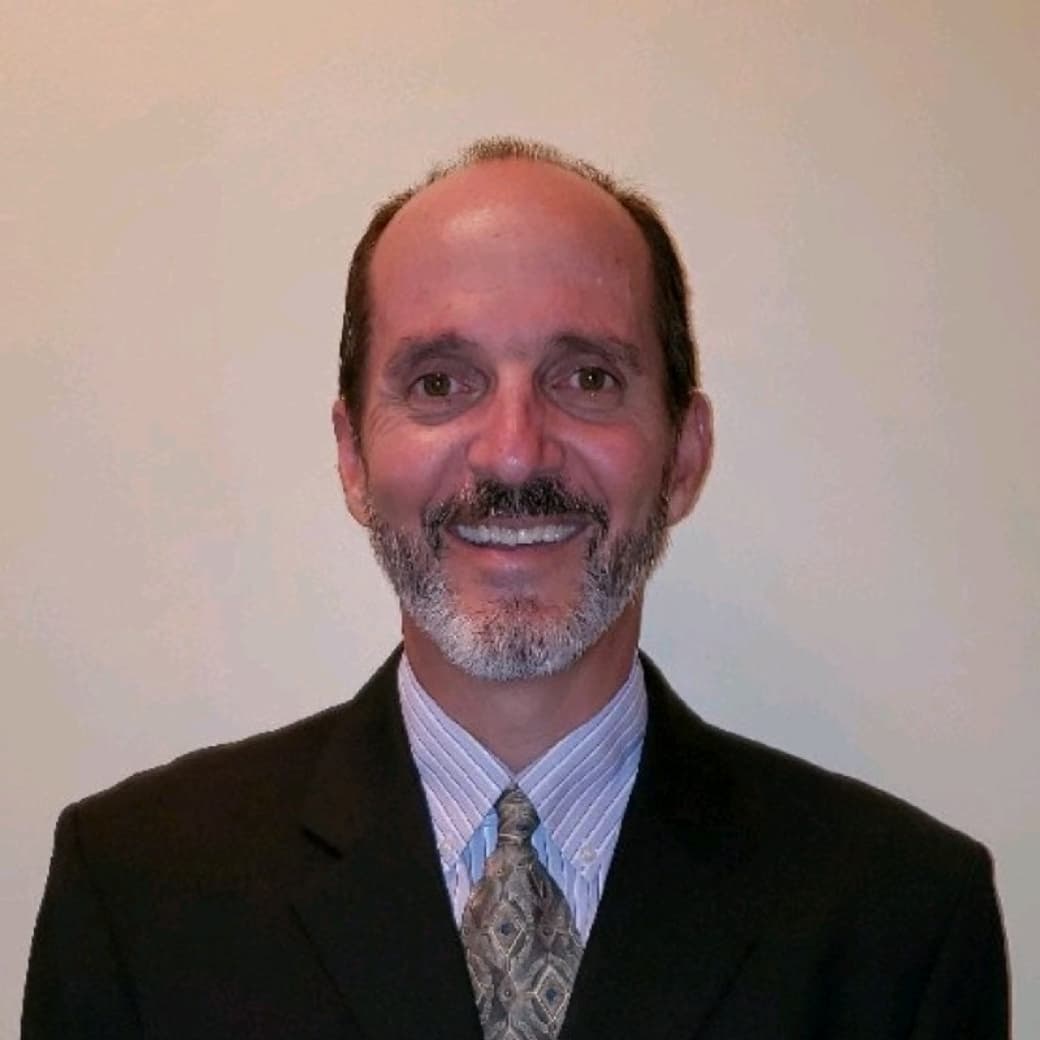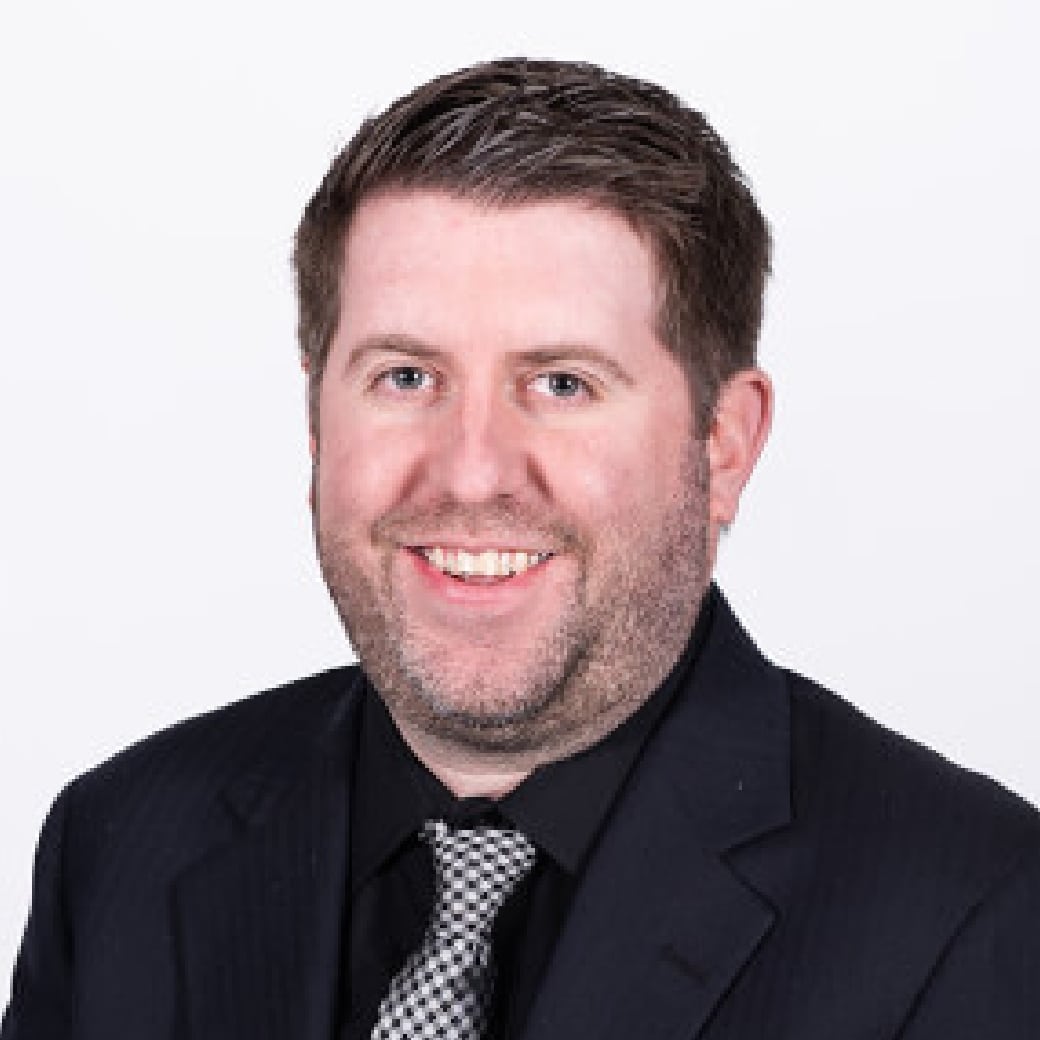The Best Ways to Market Yourself with Your Resume
Jeremy Barnes | Career Tips, Diversity & Inclusion, Opinion | February 13, 2024

Did you know that only about 1% of job seekers who apply for a position are invited for a job interview with the hiring company? In this article, I’m going to give you insights into who those one-percenters are, with specific emphasis on how resumes influence whether job seekers make the invitation list.
What is the main purpose of a resume? What makes a great resume? How do you write about yourself in a resume? The answers to these questions are key in how to land an interview for a new job.
Here’s a view from the hiring manager’s desk
I am a professional talent recruiter with Goodwin Recruiting, but I distinctly recall the first time I was tasked with hiring a job candidate. At that time, I was with a nonprofit organization and we were offering a position with the job title of part-time administrative assistant. Even though we could not offer the best pay, well over 200 people still applied for the job. Our plan was to interview three or four of the most qualified candidates and decide which one would receive the job offer.
As a hiring manager, I had to find a way to narrow down the 200+ resumes into a manageable pool of candidates, while still leading the organization. It was a tough task for a young leader. All I knew about each person was within the context of the resume in front of me. After digging in, I found that 75% of the applicants had never worked in a similar capacity, so they were quickly eliminated.
That still left about 50 job seekers who, at least on paper, appeared qualified for our role. Below, you’ll see what influenced me in arriving at the small group of candidates we chose to interview.
I’ll give you the bottom line up front: Hiring managers everywhere are heavily influenced by resumes that flawlessly showcase a candidate’s skills, talents, and abilities in specific ways. I hope you’ll use these resume insights for yourself to gain momentum in your job search and land your dream job quickly.
First, think about how to write about yourself in a resume
As professionals, we’re encouraged to be humble and avoid self-flattery in the business world – but crafting a resume has entirely different guideposts. To be clear, your resume is a marketing document, and the product you are selling is yourself! The very purpose of your resume is to shine a light on your skills and accomplishments, so this is no time to be humble – but it is a time to be selective in what you share.
If you have good job experience and skill sets, then you have bragging rights, so aim to be persuasive but tasteful and professional. The goal is to add things that make an employer want to talk with you – and avoid things that may cause a hiring manager to think twice. A perfect resume may not guarantee that you land the job, but a well-crafted one can achieve its goal – and that is to get you an interview.
What to add to your resume
- Add accomplishments – not duties: Your resume should not read like a job description with a list of bullets outlining the responsibilities of your role. Instead, talk about this: What did you contribute to your organization or team during your time in that position? How did you make a difference? What were the quantifiable results that you achieved? For example, maybe you developed a training plan that increased quality assurance (QA) scores by 15%. Or perhaps your negotiations with vendors reduced costs by 5%. These are the kinds of things that get a hiring manager’s attention.
- Add keywords that match the job description: When talent recruiters and hiring managers are working to fill a role, we often query our applicant databases for resumes that contain certain keywords and skills that are relevant to the position. So, it’s important to ensure your resume contains keywords that directly relate to the role you desire. Add them naturally into your sentences, skills descriptions, and achievements in ways that make sense. Despite some of the job seeking hacks going around on social media, tricks like typing keywords in white letters won’t cut it. If you’re unsure of keywords that truly matter, find a job description for your ideal role and use it as a guide.
- Add your familiarity with specialized software based on the job description: Most professionals seeking jobs today are expected to be familiar with Microsoft Word, Outlook, Excel, and similar software. However, in certain industries and jobs, specialized software experience carries tremendous weight. If a job description mentions a particular software that you have worked with, make sure that program is reflected in your resume. This can be included in a specific software or skills section of your resume or integrated into the points under your job experience.
- Add relevant certifications, licenses, or training: Be sure to include any certification, license, or training courses you have received that are relevant to the role you’re seeking. If you are changing careers or maintain active certifications from prior jobs that aren’t relevant to the potential new role, consider removing them from your resume.
What to remove from your resume
- Remove things that reveal your age: Discrimination based on age for job candidates over the age of 40 is illegal in the United States, but it still happens. Your resume should not reveal your age, but many candidates are not aware of this. Check your resume for these items that may indicate your age and may discourage a prospective employer from contacting you: 1) graduation year (unless you are a very recent grad without experience); 2) employment history going back more than 15 years; and 3) antiquated resume formats and fonts (do an internet search for the ‘best formats and fonts to use in a resume’)
-
Remove anything that may cause an employer to form pre-conceived opinions of you: Every recruiter and hiring manager approaches the task with a certain degree of bias. Sometimes these can be illegal (i.e. discrimination based on a protected class under the Civil Rights Act), and sometimes they might even be legal. For instance, refusing to hire candidates based on political party or people from small towns would be completely legal forms of discrimination in most states. When you are crafting your resume, you want your resume to not give that manager personal information that might create a bias against you. I often see resumes from job seekers that include things like marital status, religion, photos of themselves, country of origin, full home address, unprofessional email addresses, hobbies, and other details that are not necessary and might hinder your chances of success in landing a position.
- Remove abbreviations and jargon: Every business has acronyms and terms that mean nothing outside of that company or its industry. Even though some acronyms are universal, it is unwise to assume a hiring manager knows what they stand for and what they mean. Remember, in most organizations, a human resources professional will be the first set of eyes on your resume. While we are familiar with the roles we fill, we do not necessarily have technical or expert knowledge of certain aspects of a role. If your resume contains a lot of technical or industry jargon, you may get passed over for a candidate whose resume presents their skills in a less technical manner.
- Remove anything that is not factual and true: Do not lie on your resume. Do not lie in an interview. Integrity is of utmost importance. Many companies will terminate an existing employee if it comes to light that the employee lied in their job application or during the interview process.
A few final and important tips
- Use a professional personal email address. Do not use a work email address or one that sounds immature or unprofessional. A simple email with your name is ideal.
- Make sure your LinkedIn profile is ready for your job search. Specifically, be sure that the work experience section on your LinkedIn page matches the work experience and work history on your resume. Also ensure that LinkedIn forwards messages to your email address – or you can add your email address to the contact information on your page. Once your LinkedIn page is fully populated and ready, it’s a good idea to add your personal LinkedIn public profile URL to your resume.
- Ensure that your resume has been thoroughly proofread and is error-free before you submit it with a job application. I honestly can’t stress this enough. Sometimes a simple typo can be what distinguishes the resume that gets the interview from the resume that gets rejected. First impressions matter!
Get more guidance from a professional recruiter
If you’re interested in an objective and professional opinion about your resume, I’m happy to review it, and it would be my honor to help you pursue your ideal job opportunity. Feel free to contact me at any time. You are also welcome to explore great jobs we’re working to fill through Goodwin Recruiting.
Share This Article







